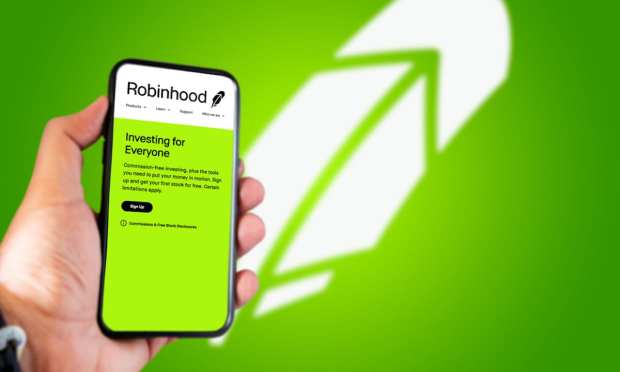Robinhood IPO Filing Shows Big Loss, Mounting Lawsuits, Loads Of Meme-Stock Speculators

The first thing you might notice would be the profits.
In the great IPO parade of FinTechs and platforms that have marked the past several months, the theme has been heady double-digit (in some cases even triple-digit) percentage point growth. But a sea of red ink on the operating and net income lines.
Robinhood, one of the arguably more highly anticipated IPOs of this year, stands in marked contrast, with net income disclosed in its S-1 filing. In terms of the headline numbers, in 2020, the company logged 245 percent revenue growth from the previous year, to $959 million in the latest period.
Net income came in at $7 million, from a net loss of $107 million. A number that tends to be closely watched by Wall Street, the company’s adjusted EBITDA (a rough measure of cash flow) was $155 million compared to a negative $74 million tally in the previous year.
The revenue pace accelerated in the first quarter of the year, when total revenues were $522 million, up more than 300 percent year on year. Net losses swelled to $1.4 billion on the need for emergency funding, as had been widely reported this year. Adjusted EBITDA, though, was positive, at a bit more than $114.7 million.
Drilling down a bit, the company said it had 18 million net funded accounts on its platform, which is a significant jump from the 12.5 million seen a year ago in March. In tandem with that growth, assets under custody stood at $80 billion, up from $19.2 billion in March of last year. Within the assets under custody, cryptos stood at $11.6 billion in the most recent period, where they had been $481 million last March.
Memes and Cryptos
As it turns out, meme stocks and a bit of crypto volatility go a long way. As Robinhood noted in the document, from “January 1, 2015 to March 31, 2021, over half of the customers funding accounts on our platform told us that Robinhood was their first brokerage account. We believe that close to 50 percent of all new retail funded accounts opened in the United States from 2016 to 2021 were new accounts created on Robinhood.”
In addition, word of mouth seems to be a strong conduit to growth. As many as 80 percent of net adds in 2020 were done through the referral program.
As for the app and platform strategy, Robinhood said in its filing that it envisions users “moving seamlessly between investing, saving and spending all on the Robinhood platform. When we check our email, there is a go-to app. When we need a map, there is a go-to app. We envision a world in which Robinhood is that go-to app for money. We believe people want to build financial independence and have the tools and ability to own their financial well-being. We look forward to being our customers’ single money app that enables them to achieve those goals.”
Heady ambitions, and ones that may hit speed bumps, at least in part as regulators continue to scrutinize the company. In one example noted in the filing, the company paid the SEC $65 million late last year to settle charges that it had failed to disclose payments from brokers to route trades and failed to satisfy “best execution” on trades. In another example, Robinhood CEO Vlad Tenev’s cell phone was taken as part of a search warrant executed by authorities related to trading activities on the platform in meme stocks (such as GameStop and others). There are also class-action suits pending against the company related to the safeguarding of assets and data, and claims that the platform was allegedly “inadequately designed to handle customer demand,” as noted in the filing.
Heady growth has growing pains, too.
